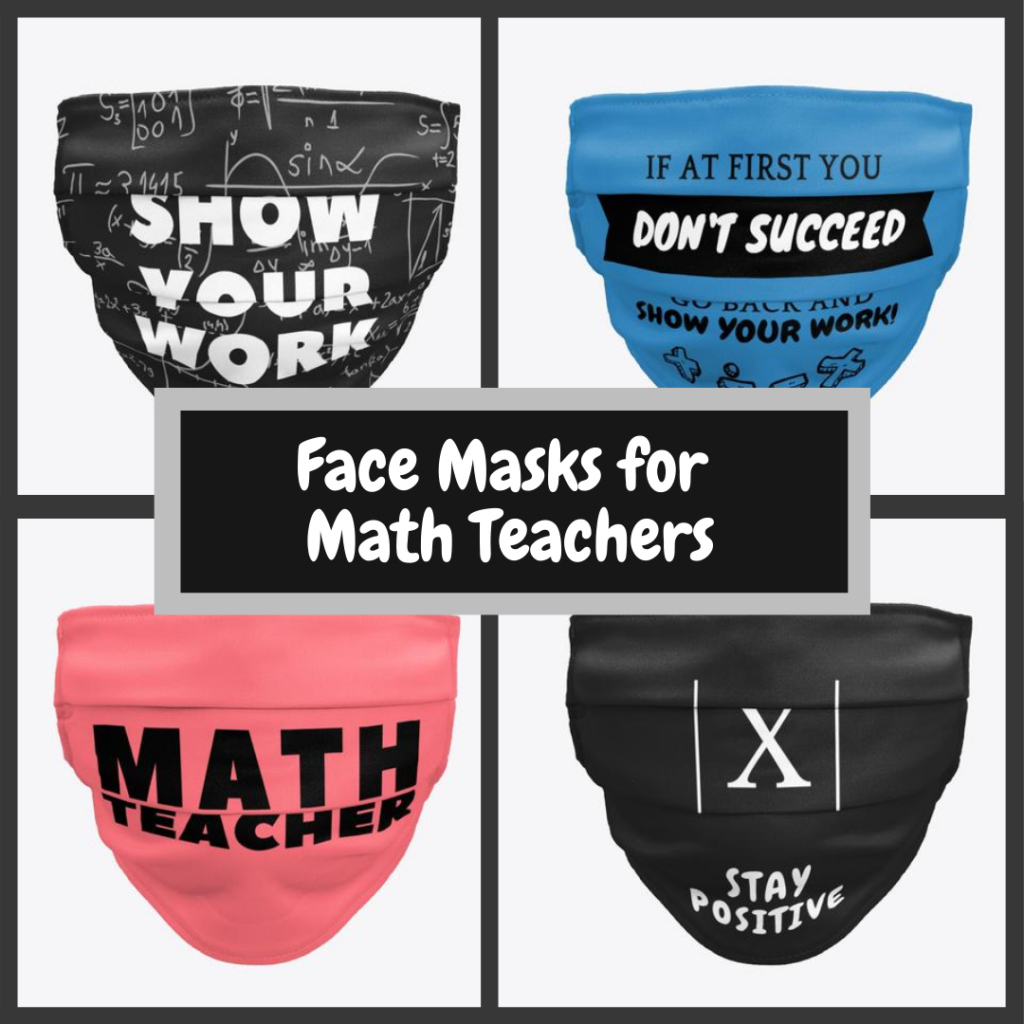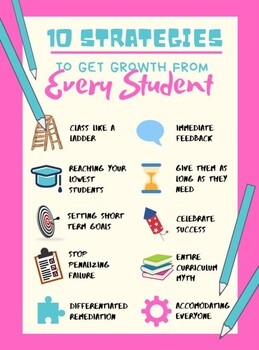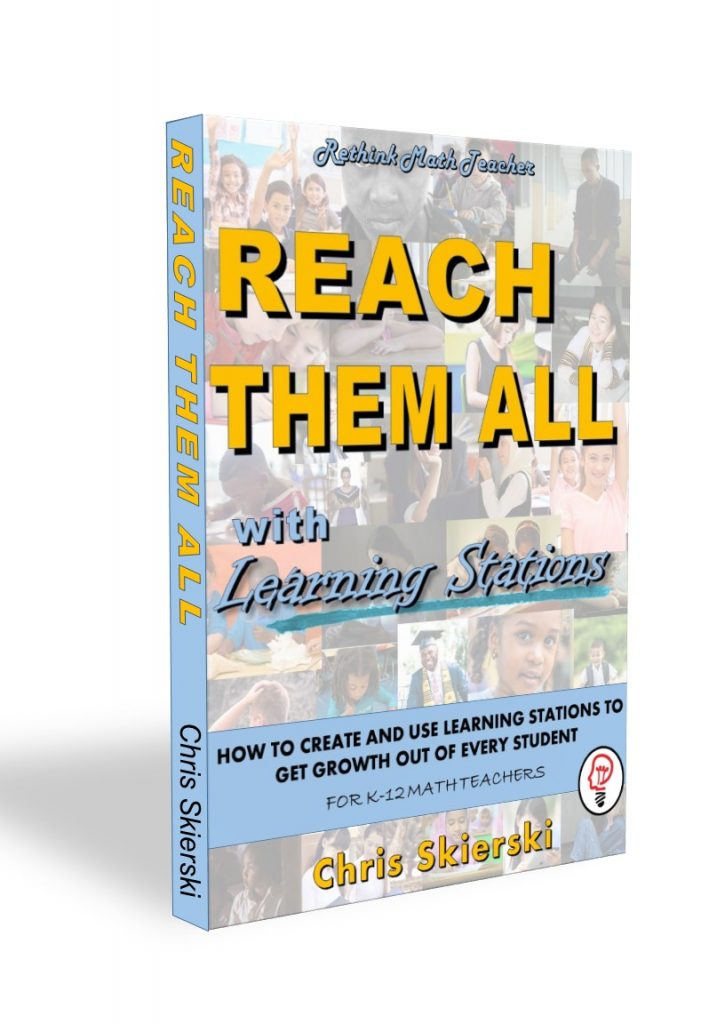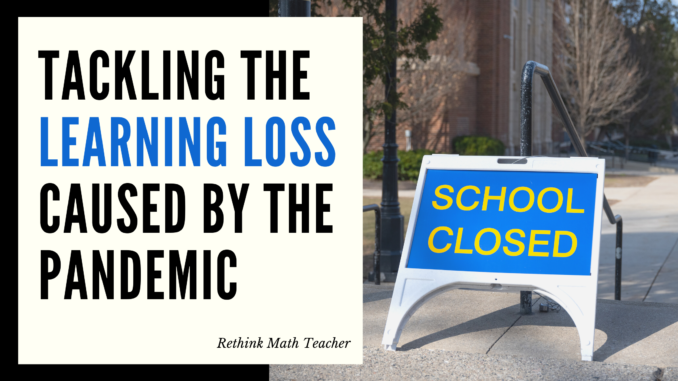
The last two school years have been tough on everyone on account of the pandemic.
Teachers had to learn to teach through new mediums under changing circumstances while tackling new problems in uncharted territory, meaning there was no roadmap to success from those who already traversed this path. As teachers always do, we found a way to make it work.
However, there is a growing concern of an academic gap caused by time missed in the classroom. Between the extended time that many schools were closed, shortened school years, and all-around loss of instructional time due to the circumstances, students were exposed to less curriculum than they otherwise would have been.
This loss in instructional time leads to a loss in content mastered by the students. Thus they will be showing up to their classes in the next school year missing some of the academic skills that they need to be successful.
FOR EXAMPLE
Imagine you have a 9th grade student coming to your class for Algebra 1, however, due to the circumstances they did not get enough time working on linear equations, and thus are not proficient at this skill. Now, in Algebra 1, they are supposed to build upon this skill with quadratic equations, systems of linear equations, or the vertex formula (to name a few).
How can this student be successful if they are not able to do these prerequisite skills required to complete the grade level task?
ANOTHER EXAMPLE
Or suppose you are teaching 7th grade math, and you have students coming into your classroom who still haven’t mastered division with decimals. How will they be able to convert fractions into decimals? Or perhaps they still don’t understand integers and plotting them on a number line. How will they be able to add or subtract integers, or plot coordinates on a coordinate plane?
A MINDSET SHIFT FOR THE TEACHER
When teachers present this challenge to me, I always remind them that this is nothing new. For years, we have had students coming into our classroom missing prerequisite skills, or who are below grade level, and thus have a learning gap.
In my state, a school is considered top tier (they get labeled with a grade of an A) if 60% of their students are on grade level! Sixty percent! (repeated for emphasis). That means that in previous years, in the average classroom, half of the students are not on grade level.
I imagine that these numbers are the same throughout the country (and in other countries as well).
So this issue is not a new one. We’ve always had students with learning gaps. We’ve always had classrooms full of students who are not on grade level. The issue is that now it is being magnified by the pandemic!
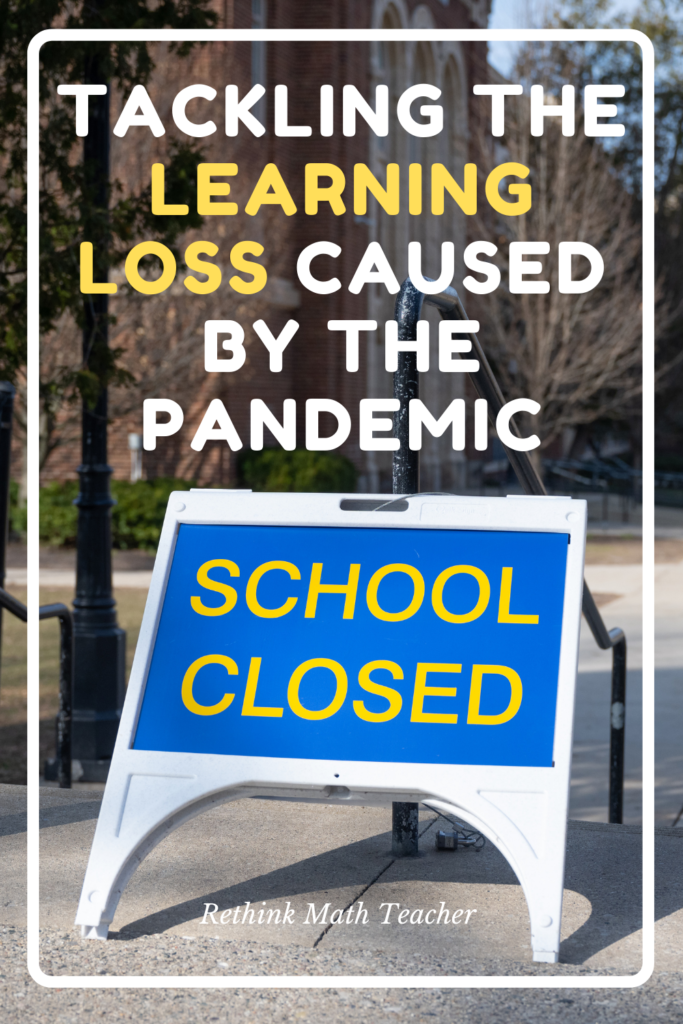
HOW TO TACKLE THE ISSUE
I have a simple and profound recommendation for teachers who recognize that this issue persists in their classroom.
And by the way, this recommendation will work if you have a very small number of students who are missing a prerequisite skill, or if you have a large number of students.
My recommended solution is targeted remediation.
A ROADMAP TO SUCCESS
I recommend that the teacher look at the skill or standard that they are teaching their students, and map out all of the skills required to do this task.
For example, if your class is working on adding fractions. The prerequisite skills needed for the task might look like this:
- Simplifying fractions
- Converting two fractions to fractions with common denominators
- Adding fractions
You could of course, add more, like finding the LCD if you like.
DATA DRIVEN
I then recommend that the teacher perform a quick, and simple diagnostic to decide which students need to work on which of the above tasks. Create a short quiz, just a few questions for each skill, and have ALL of your students take the quiz. Then, based on how they did on each section of the quiz, you will know which students need to work on which skill.
For the example above, my quiz would have three questions on simplifying fractions, three on converting fractions to have a common denominator, and three questions on adding fractions. A total of 9 questions.
I would put the first three questions (all on simplifying fractions) at the top, calling this section A. And any student who missed any question in section A obviously needs to work on simplifying fractions. I would do the same with the other two sets of questions, calling them sections B and C.
From this quiz, I would see which students needed remediation on which skill.
REMEDIATION THAT WORKS
I would then remediate each student in the room on the skill that they needed to master based on the data from the assessment.
I recommend doing this with a learning station. This allows the students to work independently of each other and allows the teacher to help all students – not be tied down to working with one group and leaving the others to fend for themselves.
Inside my learning stations, I implement other strategies that have been shown to help students find success. Things like providing immediate feedback, and allowing students to work on that skill for as long as they need until they master it.
ANOTHER BENEFIT
Another benefit of using the learning stations model is that it allows students to stay in that station until they master the concept being taught, regardless of how other students are progressing.
So, in the example of the stations above, if Susie is taking longer than others to master simplifying fractions, that’s okay. She can continue to work in that station as the other students move on to the more challenging concepts. She is not forced to move on to more challenging work that she is not ready for, and the other students are not held back, waiting for Susie to master this one skill – instead, they are progressed and allowed to work on more challenging material.
IN THE CLASSROOM
I discovered this methodology many years ago and began implementing it into my instructional design. My students had great success. I worked at a Title 1 school in South Florida, in classrooms full of students who all were below grade level. But we had tremendous learning gains and would consistently score better than the state and district average (well over 60% mastery).
I was encouraged to publish my teaching methodology so that other teachers could benefit from this concept. This is why I created this website. Eventually, I did publish a book as well to walk teachers through the process of creating their own learning stations so that they two could differentiate their remediation and REACH all of their students.
To learn more about these types of learning stations, click here.
To learn more about the book, Reach Them All, click here.

